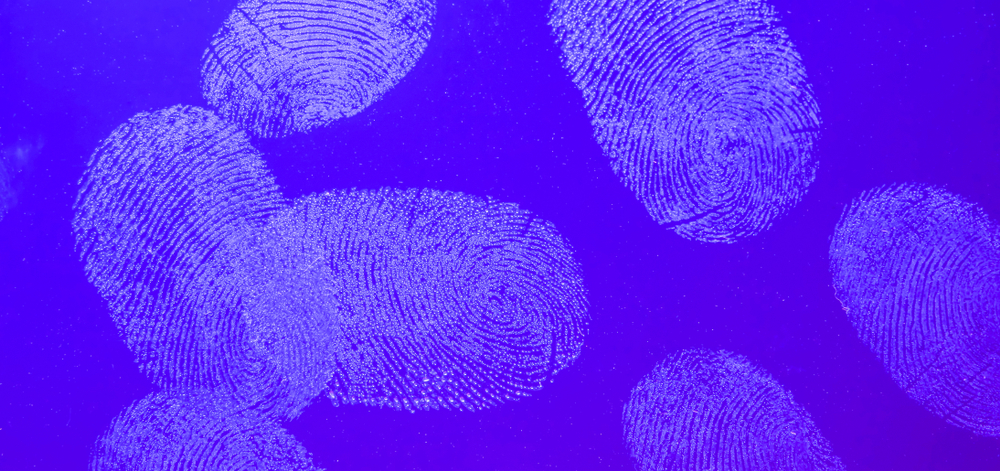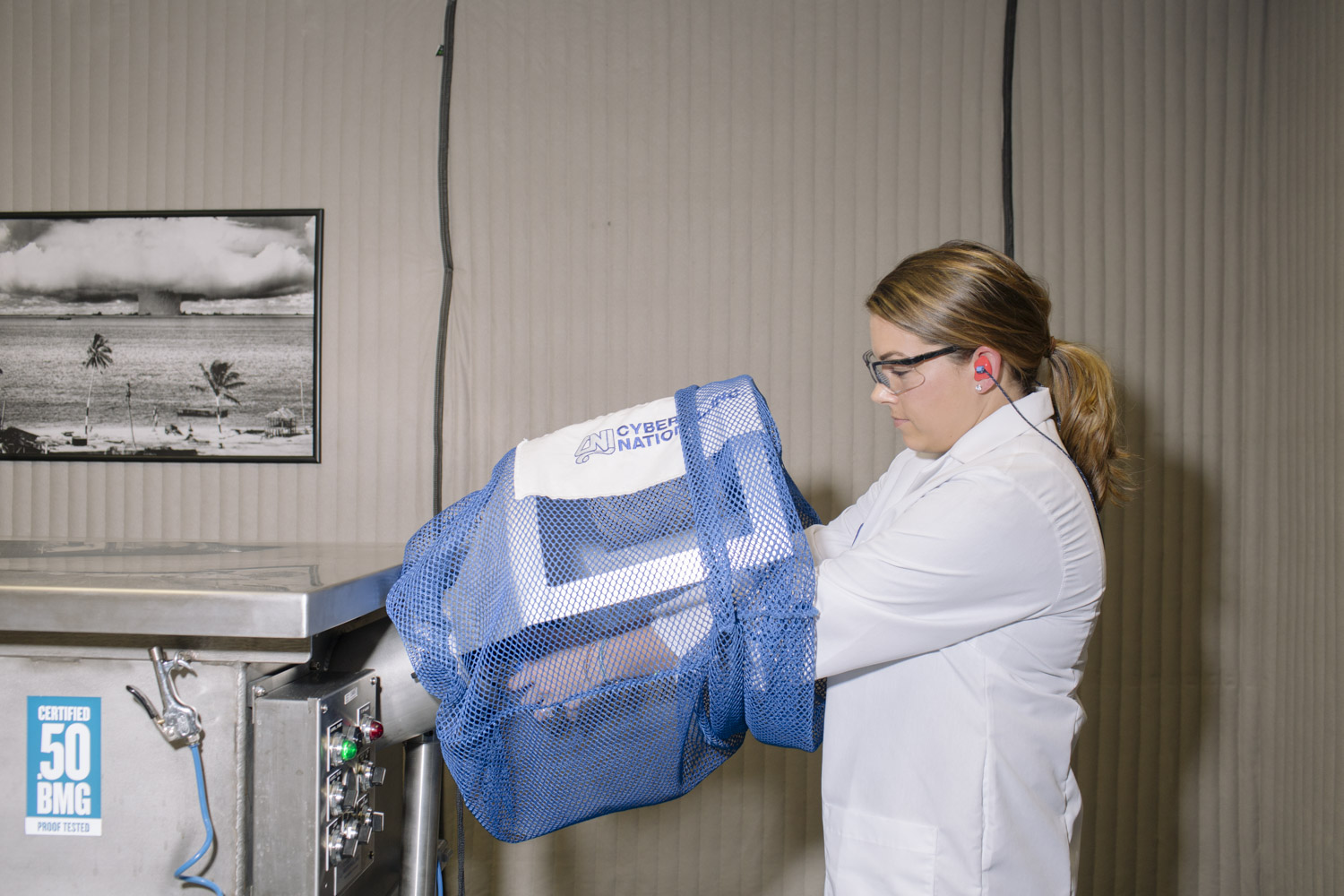A decade ago, chemistry professor Paul Kelly was conducting experiments at England’s Loughborough University when he noticed his glass beakers were emerging from a vapor-filled chamber with clearly defined fingerprints on them.
The quality of the fingerprints was remarkable, and Kelly and his colleagues decided to see if their discovery could have any practical applications. They teamed up with the United Kingdom’s Ministry of Defence, and began exposing fingerprints on various materials to a chemical vapor, and adjusting the process to improve their results.
Kelly’s team then licensed the technique to a private company called Foster + Freeman, which built a machine called RECOVER to run the tests. Foster + Freeman started selling it to law enforcement agencies in the United States this year and has delivered machines to about 10 of the country’s 400 public labs so far, two sources said.
Lab technicians can use the machine to pull fingerprints from shell casings and other metal surfaces, like knives and explosives. It’s not as useful on guns themselves because they are often textured or treated to prevent corrosion, which can make it more difficult to retrieve usable prints, one expert said.
Most investigators in the United States stopped trying to retrieve prints from casings years ago, since they were only successful about 1 percent of the time. Foster + Freeman says that in-house tests of its RECOVER machine have retrieved readable fingerprints from shell casings more than 25 percent of the time, even after the casing has been washed or exposed to extreme heat. A study of their method was published in the scientific journal Science & Justice in July. The technology works especially well on brass and copper, the materials used in most shell casings.
The first agencies to purchase machines since they have gone to market are only getting them and starting to train staff to use them now. Contacted by The Trace, several lab directors and law enforcement officials said they are excited about the technology’s potential. Others said they are interested, but won’t invest until they have seen it work for other agencies on real-world crimes.
Pete Gagliardi, a former special agent with the Bureau of Alcohol, Tobacco, Firearms and Explosives who helps law enforcement agencies develop procedures for solving gun crimes, said the technology could be promising when combined with ballistics, DNA, and other traditional investigative work. “This is a welcome addition to the toolkit,” he said.
The shell casings that most guns eject when they are fired have become important evidence in solving gun crimes in recent years. Many police departments now submit most or all the shell casings they collect to the National Integrated Ballistic Information Network, or NIBIN, which is run by the ATF. By comparing digital images of the markings that guns leave on the casings, NIBIN can link casings that might have been fired from the same gun. Many agencies also test some or all recovered guns and casings for DNA, which can show that a particular person touched the ammunition.
But fingerprints on casings have always been trickier. The heat that a shell casing undergoes when a gun is fired can destroy a fingerprint, and even if a print survives the blast, it can be washed away by rain or debris before police collect the casings.
Kelly’s technique, however, can reveal fingerprints on metals like copper and brass even after they’ve been exposed to extreme heat, washed, or left to the elements. Scientists with Foster + Freeman say that’s because a person’s skin reacts with the metal to create a permanent change that chemicals can later pick up.
Ronald Murdock, a forensic supervisor at the Orange County Sheriff’s Office in Central Florida, said his department bought the fingerprint machine earlier this year for around $70,000 and has been training staff to use it.
Murdock said his department plans to test every shell casing recovered from every shooting, in addition to running it through NIBIN and testing for DNA. Murdock said he hopes fingerprints will add another layer of evidence to solve crimes and prosecute shooters. His office will attempt to pull prints from unsolved homicides and other high-priority cases from the past, Murdock added.
Hillar Moore, the district attorney in East Baton Rouge, Louisiana, said several law enforcement agencies in his area saw a demonstration of the machine this spring, and he’s eager to find money in his budget for one. “We didn’t need to be convinced that the potential is there,” Moore said. “NIBIN lets us connect shells to a gun, but if we can connect a name to that shell, now we have something we can really follow up on.”
It’s too soon to know how effective the technology will be in the real world, and whether it will hold up in court. Gagliardi emphasized that there is no magic case-solving tool, but that every clue can be important: “No one should dismiss this out of hand, and no one should embrace it at the exclusion of everything else.”


